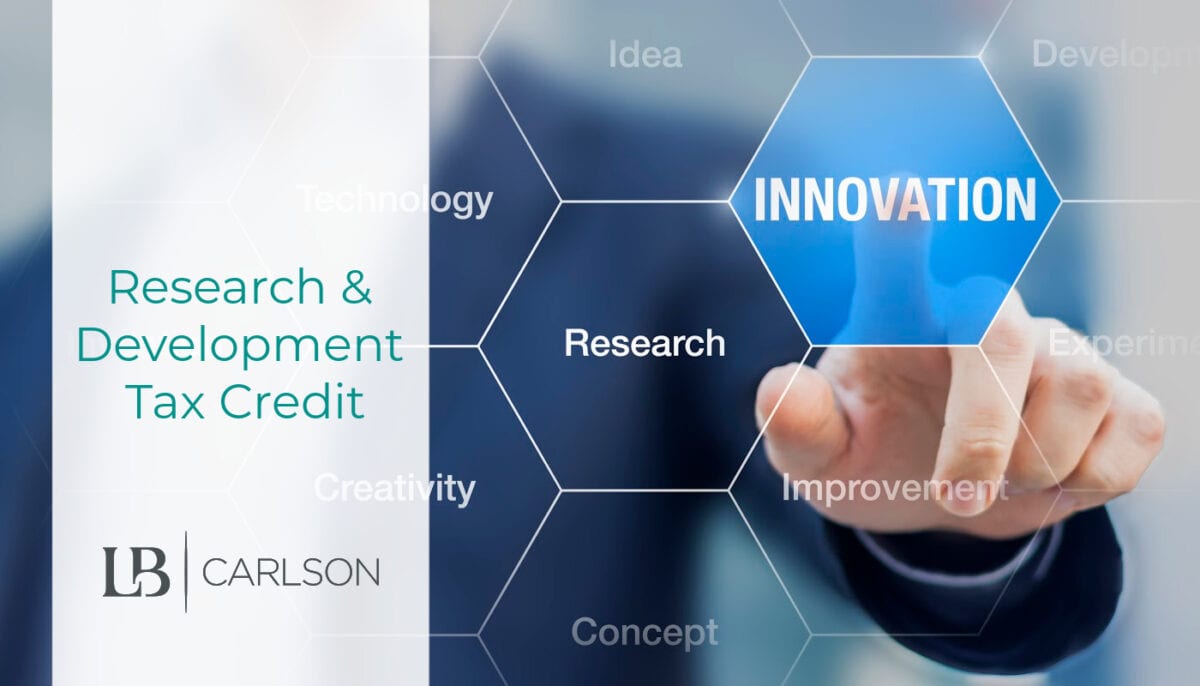Since March 2020, many small business owners and their advisors have been focused primarily on Paycheck Protection Program Loans (PPP), PPP forgiveness, and Employee Retention Tax Credits (ERTC). That focus certainly has made sense; however, as you wrap up your PPP forgiveness and ERTC calculations, this is a brief reminder not to forget about the research and development (R&D) tax credit.
What is the Research and Development Tax Credit?
The Research and Development Tax Credit is a permanent fixture in the tax code. This credit was established by congress to encourage business innovation, process improvement, and technological advancement to help keep America competitive in international markets through encouraging entrepreneurship.
A tax credit is far better than a tax deduction as the credit reduces your or your company’s tax liability on a dollar-for-dollar basis.
The credit would be available for the current tax year and possibly the three prior tax years (depending on the dates you filed your tax returns). Unused credits are available to be carried forward for up to 20 years.
How is it calculated?
The credit is calculated as a percentage of the select costs for your qualified activities.
Who Qualifies?
The R&D tax credit is not just for companies with chemists creating the latest concoction in a laboratory with beakers and Bunsen Burners (although they would most certainly qualify). Any business that develops new or improved products, formulas, software, techniques, innovations, or processes can be eligible. Improving the performance or quality of existing products or processes can also qualify.
The qualifying activities must:
- rely principally on science (physical, biological, engineering, or computer science)
- Resolve uncertainty in technology or methodology of the new or improved product or process
- Involve testing and evaluating alternatives as part of the experimentation process
Expenses that qualify for the credit include:
- employee wages (typically the largest qualifying expense),
- supplies, and
- contract research expenses.
Many states also have a form of R&D tax credit. Combined federal and state R&D tax credits can be as high as 10%, which means that $100,000 in qualifying expenses could result in a $10,000 reduction in your tax liability.
Next Steps
If you are not taking advantage of this cash-saving opportunity and think there is even a remote chance that your business qualifies for the R&D tax credit, you should call your LB Carlson representative for a brief discussion. Additionally, if you are already claiming this credit, we can help ensure you are not underutilizing this opportunity and leaving money on the table.


